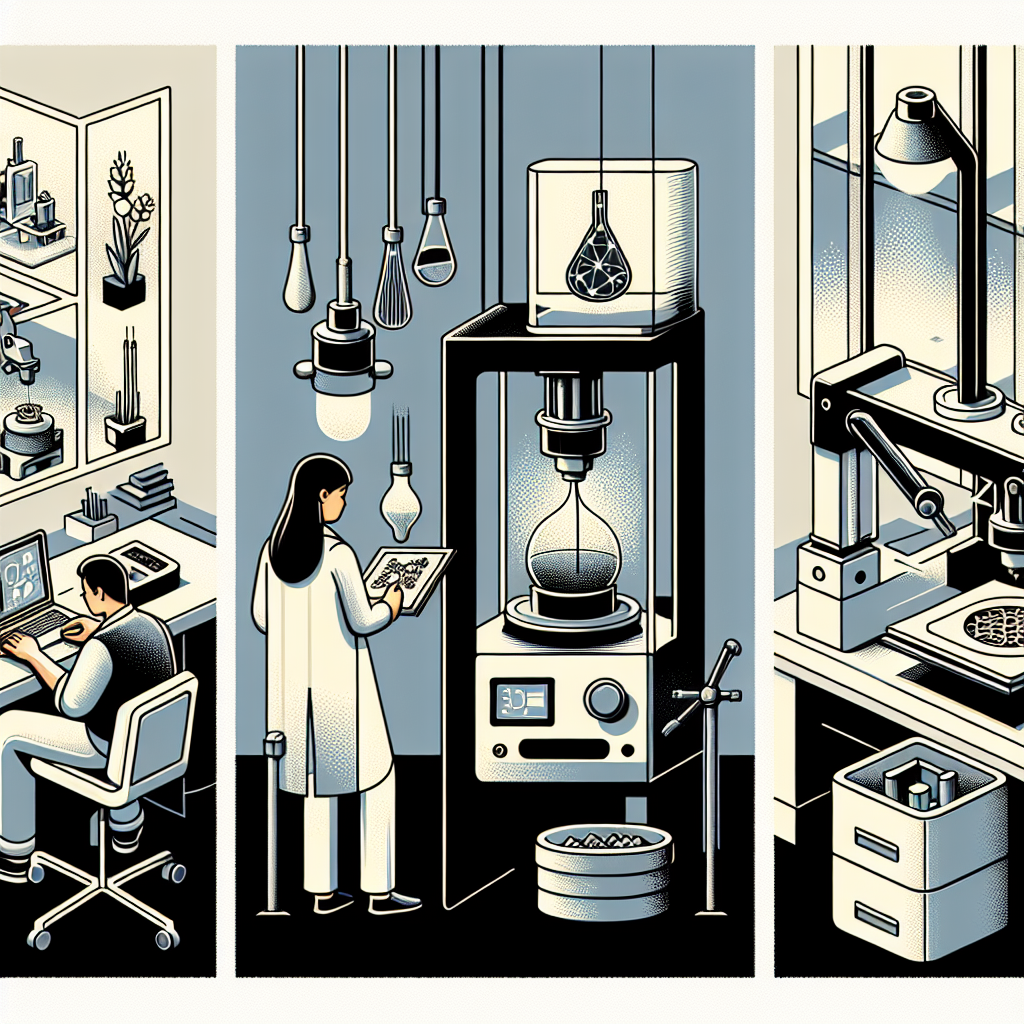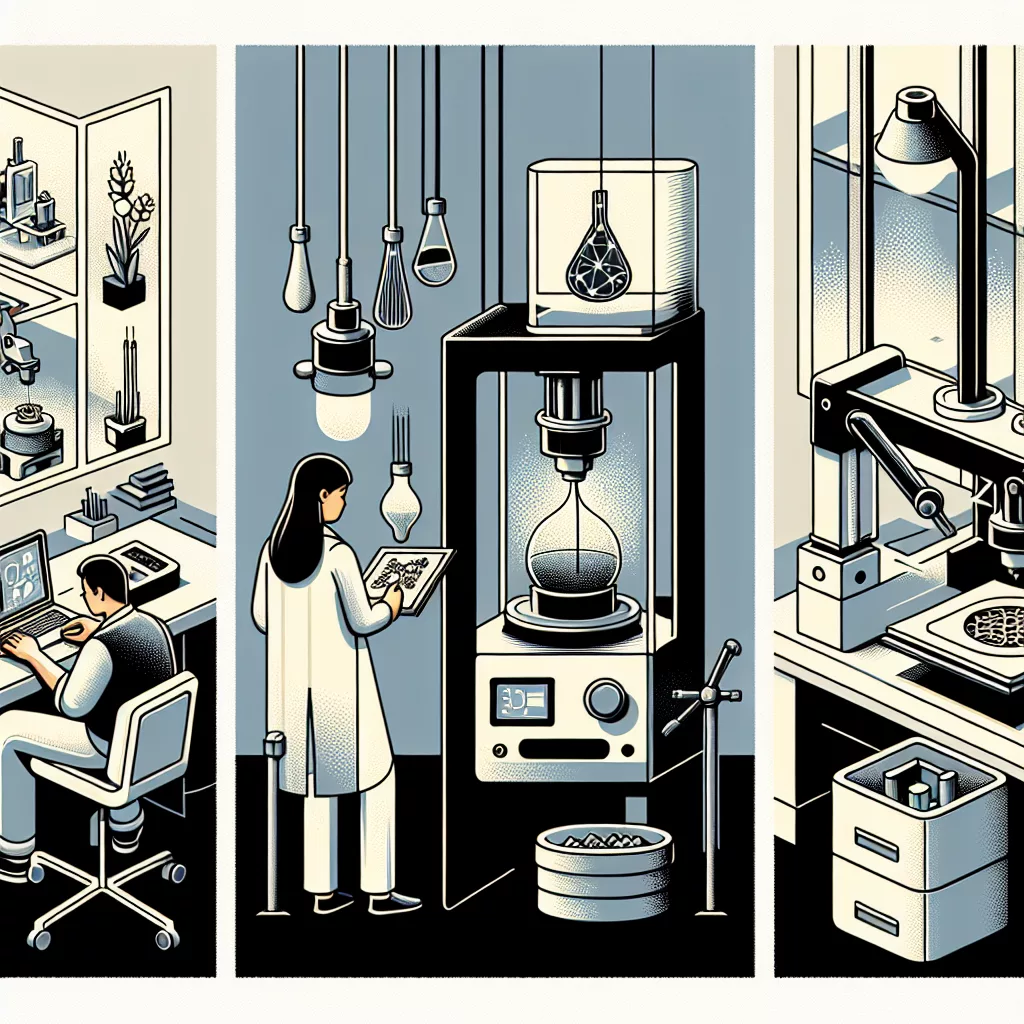Introduction: FDM, SLA, and SLS Explained
When diving into the vast world of additive manufacturing, you’ll encounter three primary technologies—Fused Deposition Modeling (FDM), Stereolithography (SLA), and Selective Laser Sintering (SLS). Each has unique strengths and limitations, making them ideal for different applications and industries. In this article, we’ll explore each technology’s principles, advantages, disadvantages, and best-fit scenarios to help you determine which technology suits your project best.
Fused Deposition Modeling (FDM)
FDM, also known as Fused Filament Fabrication (FFF), is perhaps the most well-known and affordable 3D printing method. It operates by extruding thermoplastic filaments layer-by-layer through a heated nozzle, gradually building up an object from the bottom up.
Pros of FDM:
- Cost-effective: FDM printers and materials are generally inexpensive, making them accessible to hobbyists and professionals alike.
- Material Variety: Wide range of thermoplastic filaments available, including PLA, ABS, PETG, and more, each suitable for different applications.
- Simple and Reliable: User-friendly setups, straightforward maintenance, and widely available resources and communities for support.
- Ease of Post-processing: Parts can be easily sanded, glued, or painted, allowing versatile finishing options.
Cons of FDM:
- Lower Resolution: FDM prints typically have lower surface quality and visible layering compared to SLA and SLS.
- Limited Detail: Struggles with intricate designs and small geometries.
- Mechanical Strength Limitations: Layer adhesion can sometimes become a weak point, impacting mechanical performance.
Ideal Uses for FDM:
- Rapid Prototyping & Proof-of-Concept Models
- Fixtures, Jigs, and Tooling
- Cost-sensitive Applications and Hobbyist Projects
- Large, less intricate parts that require functional properties
Stereolithography (SLA)
SLA is a resin-based 3D printing technique that uses a laser or UV light source to solidify liquid photopolymer resin layer-by-layer. Known for producing exceptionally detailed parts, SLA has become a go-to method for industries demanding high precision and smooth finishes.
Pros of SLA:
- High Resolution: SLA offers incredibly precise and fine details, making it perfect for intricate designs.
- Excellent Surface Finish: Smooth, accurate surfaces with minimal post-processing required.
- Rapid Printing of Small Parts: SLA printers excel in quickly producing small to medium-sized models with high accuracy.
Cons of SLA:
- Higher Costs: Resin and printer costs can be higher than FDM.
- Limited Material Options: Most SLA materials are limited to resin, which generally offers fewer mechanical property variations compared to thermoplastics.
- Post-processing Required: Prints must undergo washing and curing processes to complete polymerization, adding extra steps and safety considerations (gloves, ventilation, etc.).
- Brittleness: SLA parts tend to be more brittle, limiting their use in demanding mechanical applications.
Ideal Uses for SLA:
- Detailed Prototypes, Jewelry, and Small Objects
- Dental and Medical Models where high accuracy is essential
- Visual Models and High-quality Display Pieces
- Molds and Tooling requiring high precision and surface finish
Selective Laser Sintering (SLS)
SLS technology uses a powerful laser to fuse powdered material (commonly nylon-based) layer-by-layer into solid, highly durable parts. SLS is particularly popular in industrial settings due to its strength, versatility, and ability to print complex geometries without support structures.
Pros of SLS:
- No Support Structures: Powders surrounding printed parts naturally act as supports, allowing complex geometries without additional supports.
- Strong, Durable Parts: SLS parts are robust, ideal for functional prototypes or end-use parts.
- Material Variety: From nylons to flexible and composite powders, SLS offers versatile material options.
- High Productivity: SLS batch printing allows multiple parts to be stacked vertically, maximizing productivity.
Cons of SLS:
- High Upfront Costs: SLS printers are generally expensive, with increased costs for maintenance and handling of powdered materials.
- Rough Surface Texture: Parts often require finishing processes due to the grainy surface finish.
- Complex Post-processing: Removing excess powder and cleaning parts can be labor-intensive and requires proper equipment.
Ideal Uses for SLS:
- Functional End-use Parts and Prototypes
- Complex designs with internal structures or moving parts
- Industries such as Aerospace, Automotive, and Industrial Manufacturing
- Durable and Functional Prototyping Applications
Which 3D Printing Technology is Best for You?
Choosing the best 3D printing technology ultimately depends on your specific requirements and project goals:
- FDM: Ideal for large, practical prototypes, hobbyist projects, and when you require affordable solutions.
- SLA: Best suited for high-resolution models, intricate details, and applications where accuracy and surface finish are critical.
- SLS: Perfect for producing durable, functional prototypes and end-use components with complex geometries.
Conclusion: Matching Technology to Application
Understanding the strengths and weaknesses of each technology can help narrow down your decision. If budget and simplicity are key, FDM will often meet your needs. SLA is the ideal choice for high-detail applications, while SLS is optimal for complex, robust parts.
By carefully considering your project’s requirements—cost, detail, strength, complexity—you can confidently choose the right 3D printing technology to fulfill your goals and achieve optimal results, ensuring your project thrives from concept to reality.


Leave a Reply